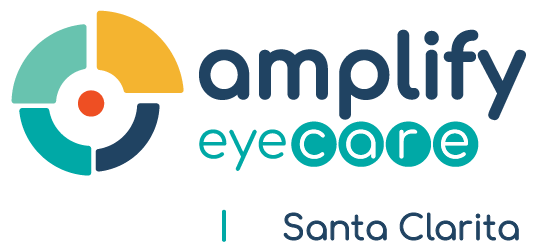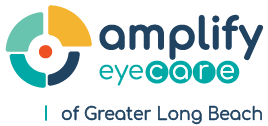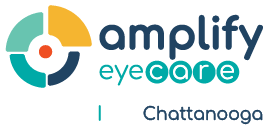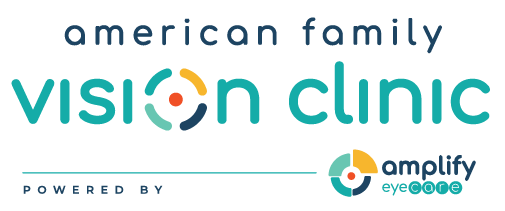Results
Relative to children without hyperopia, children with hyperopia greater than +3.25 D (n = 472, groups 1, 2, and 3) had a higher proportion of amblyopia (34.5 vs. 2.8%, p < 0.0001) and strabismus (17.0 vs. 2.2%, p < 0.0001). More severe levels of hyperopia were associated with higher proportions of amblyopia (51.5% in group 1 vs. 13.2% in group 3) and strabismus (32.9% in group 1 vs. 8.4% in group 3; trend p < 0.0001 for both). The presence of hyperopia greater than +3.25 D was also associated with a higher proportion of anisometropia (26.9 vs. 5.1%, p < 0.0001) and astigmatism (29.4 vs. 10.3%, p < 0.0001). Median stereoacuity of nonstrabismic, nonamblyopic children with hyperopia (n = 206) (120 arcsec) was worse than that of children without hyperopia (60 arcsec) (p < 0.0001), and more severe levels of hyperopia were associated with worse stereoacuity (480 arcsec for group 1 and 120 arcsec for groups 2 and 3, p < 0.0001).
Conclusions
The presence and magnitude of hyperopia among preschoolers were associated with higher proportions of amblyopia, strabismus, anisometropia, and astigmatism and with worse stereoacuity even among nonstrabismic, nonamblyopic children.
